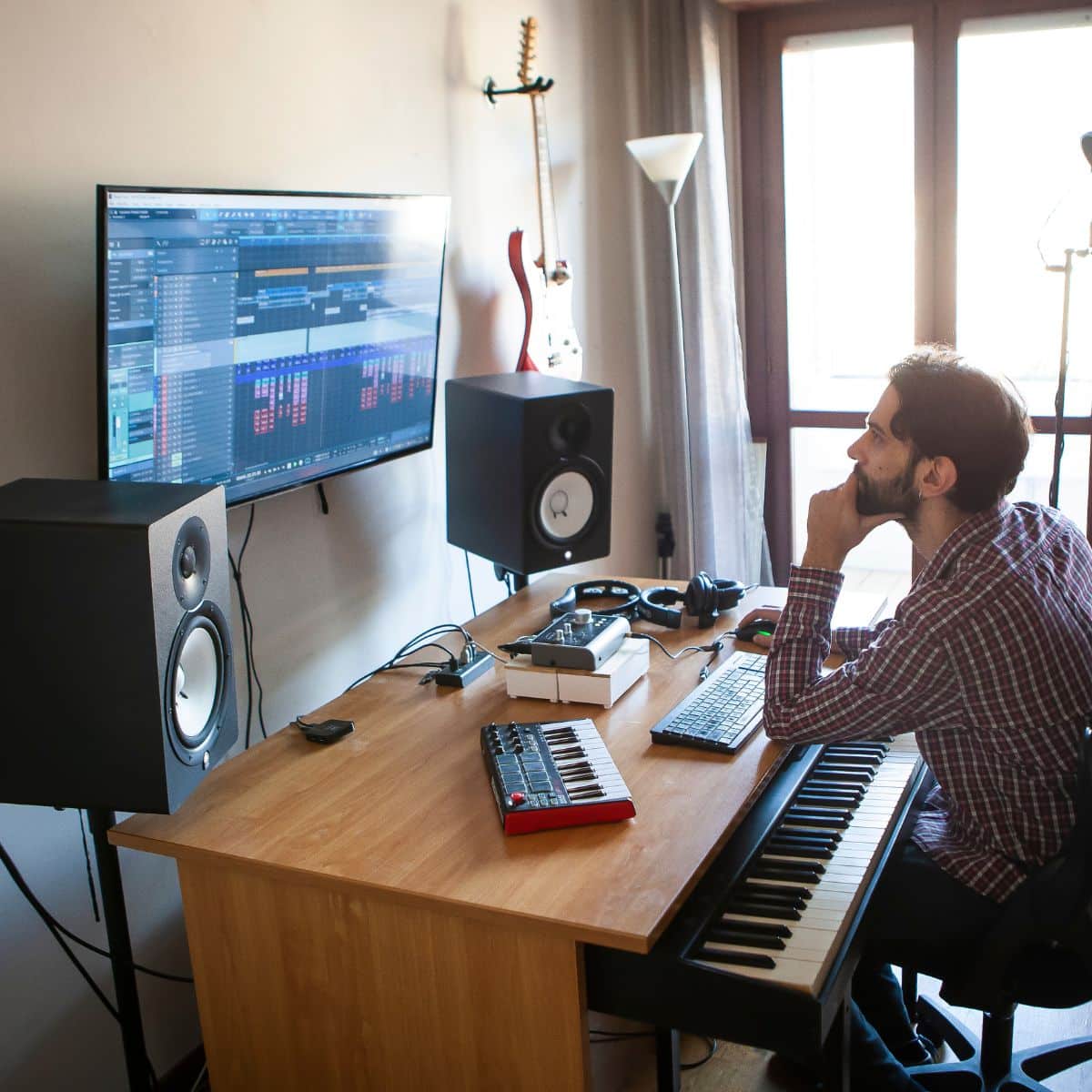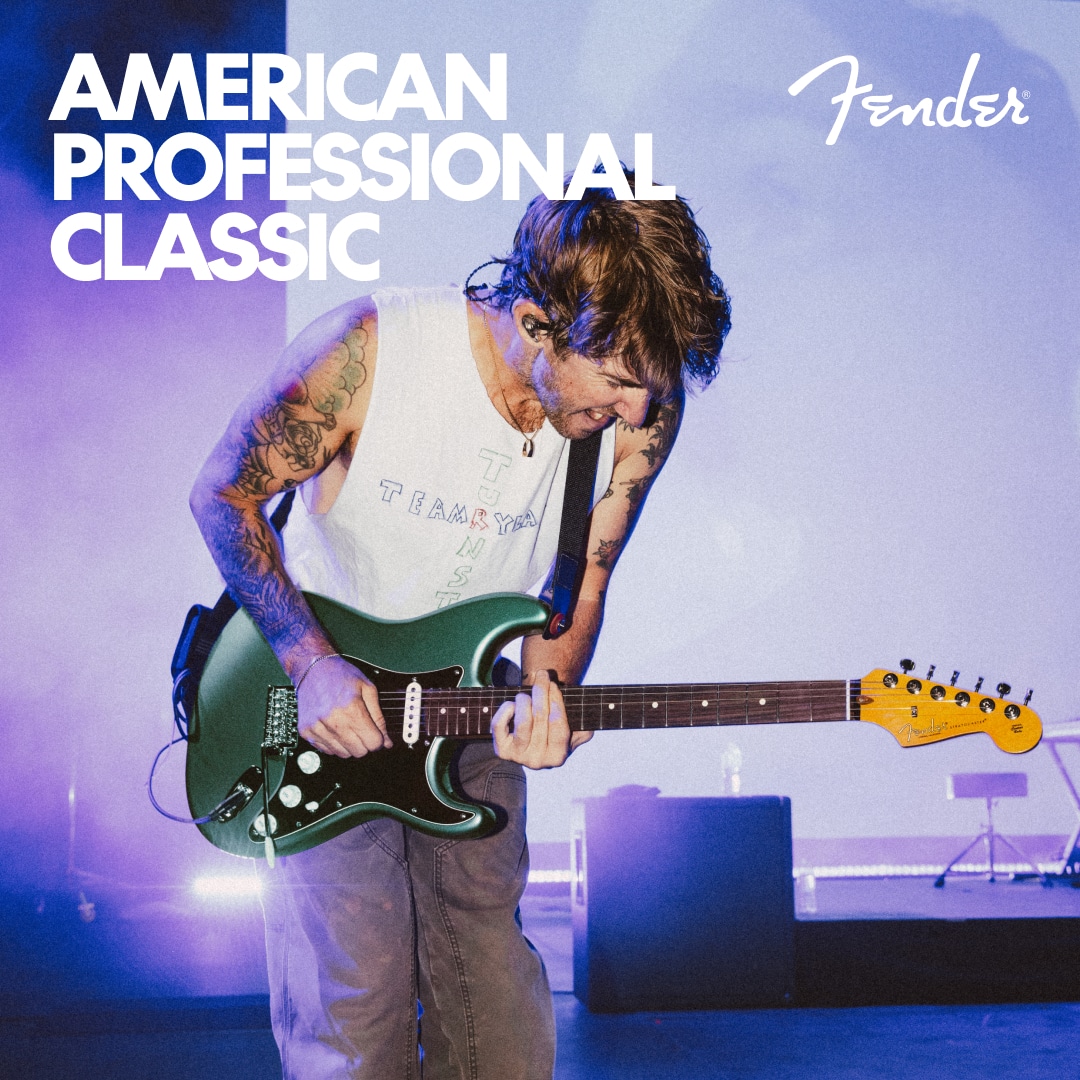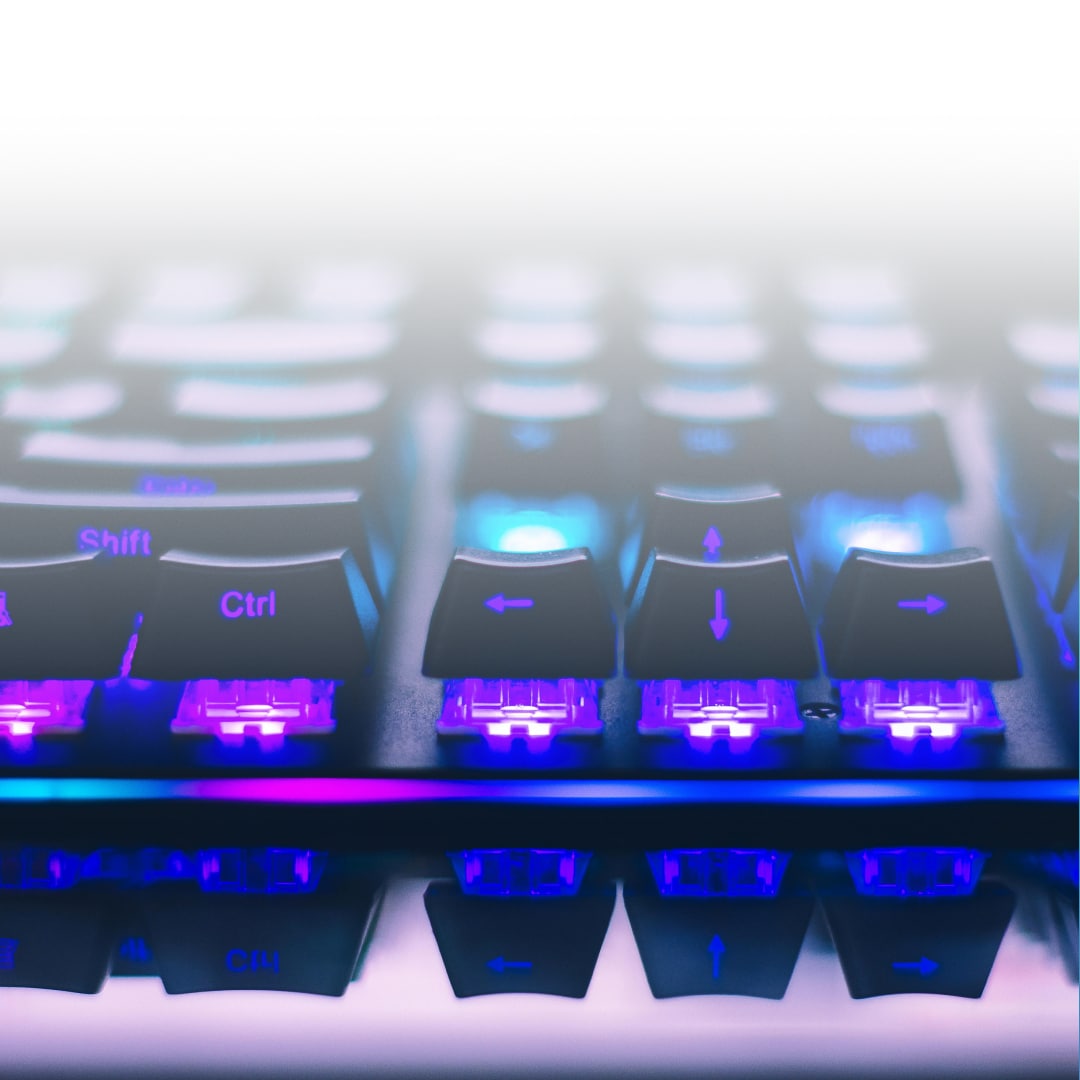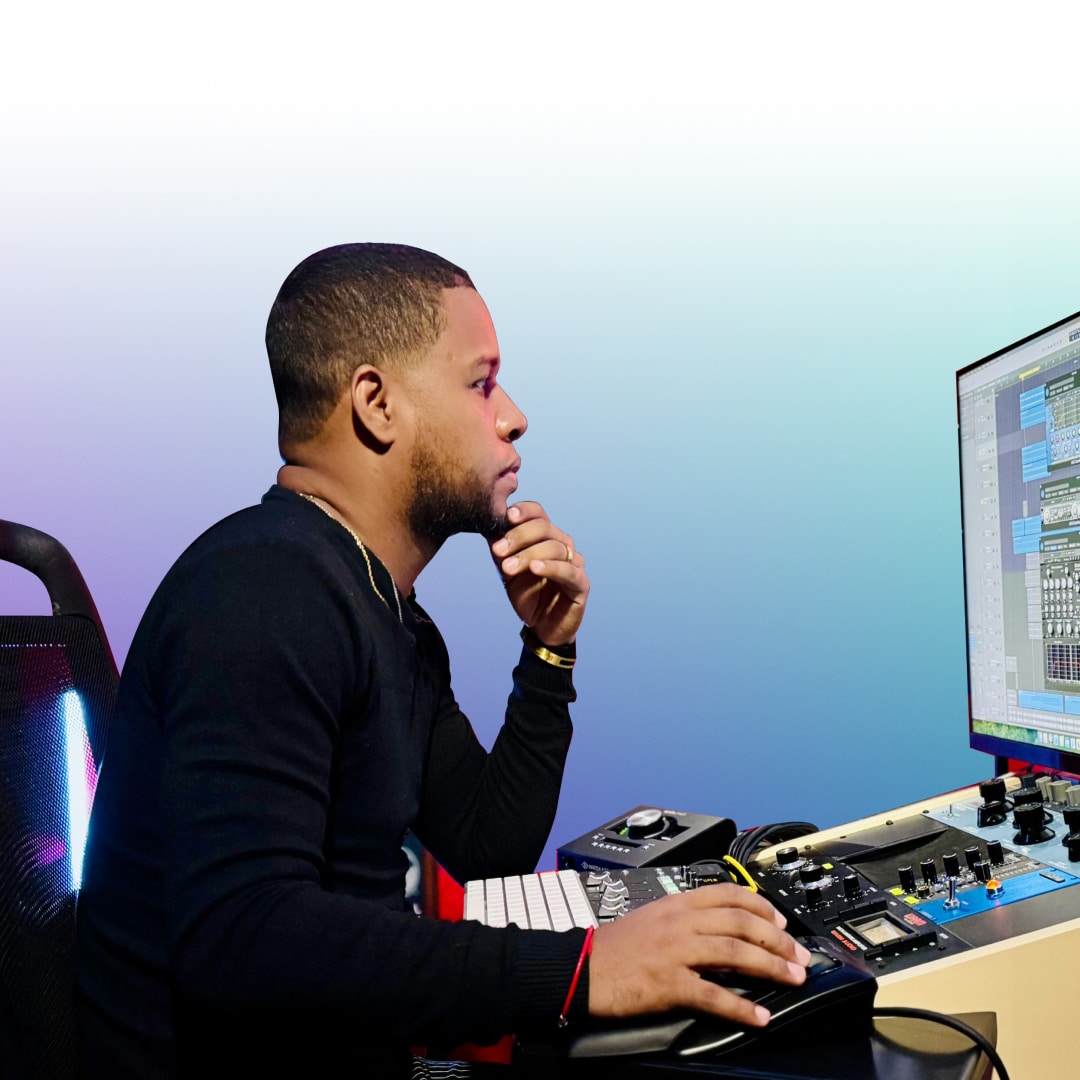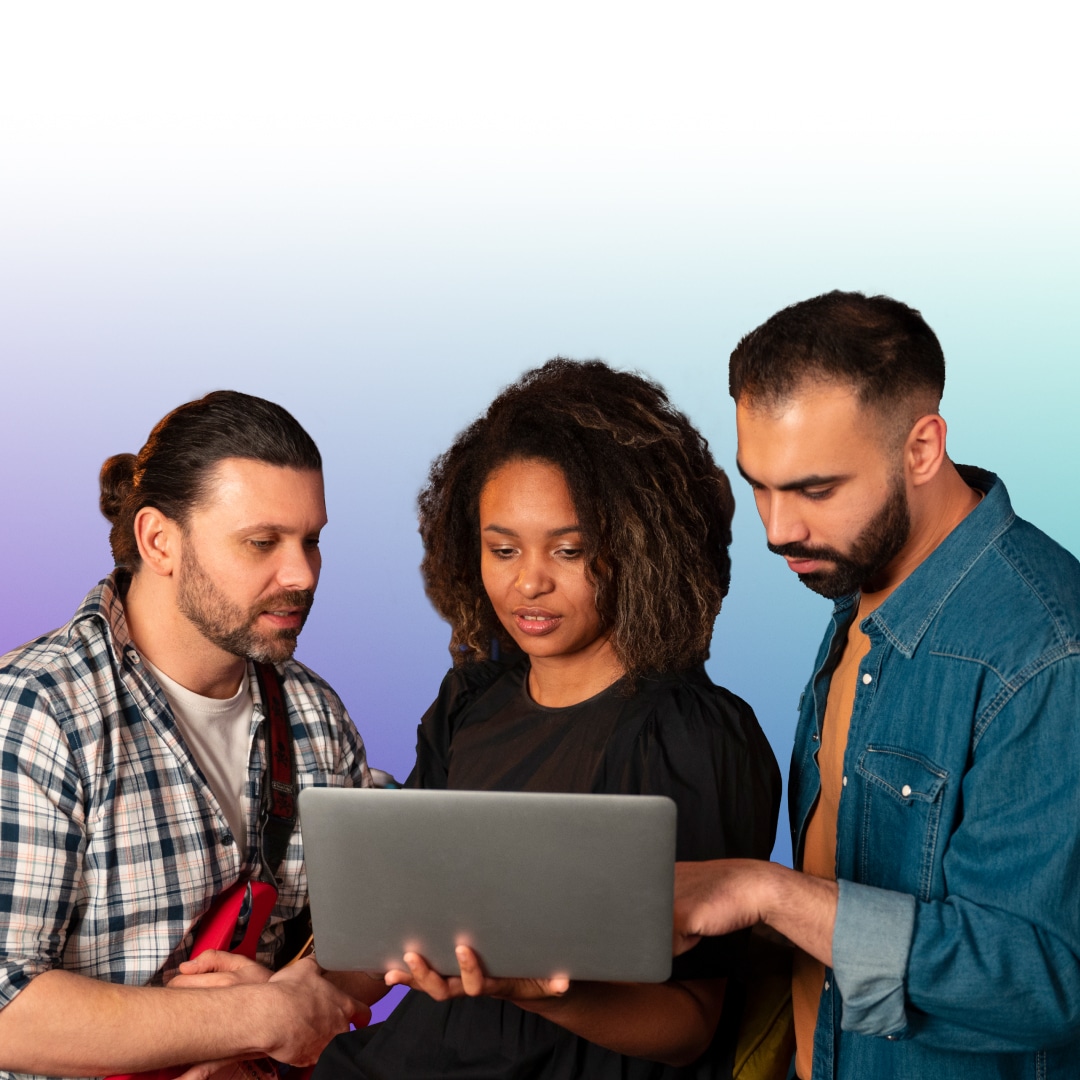Music production apps have transformed the landscape of music creation, making it accessible and affordable for aspiring musicians. Gone are the days when producing music was confined to expensive studios and exclusive equipment. These apps offer a world of possibilities, allowing anyone with a smartphone or computer to start creating music. They embody the democratization of music production, enabling users to experiment with various sounds and styles. For beginners, this means an unprecedented opportunity to explore their musical talents without the need for heavy investment in equipment or studio time.
The Role of Music Production Apps in the Modern Industry
The advent of music production apps has significantly democratized the process of creating music. These apps have leveled the playing field, allowing individuals without access to professional studios or expensive equipment to produce high-quality music. This shift has been instrumental in uncovering hidden talents and bringing diverse musical styles to the forefront. Now, with a smartphone or computer, anyone can explore their musical aspirations, leading to a more inclusive and varied music industry.
The evolution from traditional studio setups to smartphones and laptops marks a significant milestone in music production. This transition has not only made music creation more accessible but also more convenient. Musicians can now compose, edit, and share their work from virtually anywhere. This mobility has encouraged spontaneous creativity and collaboration, allowing artists to capture and refine their ideas as they emerge, regardless of their location.
For aspiring musicians, music production apps are a game-changer. These tools offer a platform to experiment with different genres, learn production techniques, and develop their unique sound. The low barrier to entry means that more people can pursue their passion for music, creating a vibrant and diverse community of emerging artists. This impact extends beyond individual creativity, contributing to the broader music culture and industry.
Music production apps play a crucial role in bridging the gap between amateur and professional realms. They provide a suite of tools and features once exclusive to professional studios, making advanced music production techniques more accessible. As a result, amateur musicians can produce work with a level of polish that was previously unattainable without significant investment, helping them to advance their skills and careers in the music industry.
Understanding Different Types of Music Production Apps
Digital Audio Workstations (DAWs) are at the heart of music production apps. These sophisticated software platforms allow musicians to record, edit, mix, and produce audio files. DAWs offer a range of functionalities, from basic sound editing to complex composition and arrangement features. They are designed to mimic the traditional recording studio setup, providing a digital space where aspiring musicians can unleash their creativity. The versatility and comprehensive nature of DAWs make them an essential tool for anyone serious about music production.
Synthesizer apps are another vital category of music production tools, especially for those keen on electronic music. These apps simulate synthesizers, allowing users to create a wide array of electronic sounds and effects. They often come with pre-set sounds but also give the freedom to tweak and create unique tones. For aspiring musicians, synthesizer apps are a gateway into the world of sound design and electronic music composition, offering a playground to experiment with different sonic textures.
When it comes to rhythm and groove, beat-making software is indispensable. These apps focus on creating and arranging beats and rhythms, an essential aspect of many music genres. They typically feature a library of samples, drum kits, and loop sequences, enabling users to construct their beats. Beat-making software often includes tools for adjusting tempo, adding effects, and layering sounds, making it a vital tool for aspiring producers and composers in genres like hip-hop, EDM, and pop.
Apps like metronomes and tuners are fundamental for ensuring musical accuracy. Metronome apps help maintain a consistent tempo, which is crucial for both recording and practice sessions. Tuner apps, on the other hand, are essential for ensuring that instruments are perfectly in tune. These additional tools, while seemingly simple, play a significant role in the quality and professionalism of the music produced.
Compatibility with Operating Systems and Devices
One crucial aspect to consider when choosing music production apps is music app compatibility with iOS and Android. Most music apps are developed to be compatible with these two major operating systems, but there are variations in features and performance. iOS devices, known for their robust music creation capabilities, often have a wide range of apps specifically optimized for their platform. Android, while having made significant strides, sometimes faces challenges like audio latency.
When it comes to desktop platforms, the choice of a music production app can be influenced by whether the user has a Mac or PC. Both platforms offer a variety of DAWs and other music-related software, but certain apps are exclusive or perform better on one over the other. Macs are traditionally favored in the music industry due to their stability and high-quality audio processing capabilities. However, PCs have closed the gap considerably, offering powerful options for music production with a range of compatible software.
Mobile vs. Desktop Music Production
The decision between mobile and desktop music production is significant. Mobile apps offer portability and convenience, allowing musicians to create and edit on the go. However, they may lack the full range of features and processing power found in desktop applications. Desktop apps, while less portable, provide a more comprehensive set of tools and capabilities for intricate production work. Aspiring musicians must consider their specific needs and working style when deciding between mobile and desktop options.
Understanding the hardware requirements and limitations of music production apps is essential. High-end apps may require powerful processors, ample memory, and advanced audio interfaces to function optimally. This is particularly true for professional-grade DAWs and synthesizer apps, which may demand more from a system than simpler beat-making or tuning apps.
Navigating User Interfaces and Workflows
These interfaces can range from simple and intuitive to complex and feature-rich, catering to different levels of expertise. For beginners, it’s crucial to start with apps that have a straightforward layout, easing the learning curve. As proficiency grows, users can graduate to more sophisticated software with extensive functionalities. The key is to familiarize oneself with the basic elements like track layouts, mixing consoles, and instrument libraries, which are common across most apps.
A user-friendly design in music production apps is not just about aesthetics; it’s about functionality and ease of navigation. A well-designed app helps users focus on creativity rather than getting bogged down by technical complexities. Features like drag-and-drop functionality, clear labeling, and accessible toolbars enhance the user experience.
Customizing the workflow becomes important for efficiency. Many apps offer customization options like adjustable layouts, shortcut keys, and preset templates. Tailoring these settings to personal preferences can streamline the production process, making it quicker and more efficient. This personalization allows musicians to focus on the creative aspects of music production, minimizing distractions and technical hindrances.
Navigating the user interface and workflow of a music production app is similar to learning a new language. For aspiring musicians, this process is integral to their creative journey, and for beginners navigating music production apps, here are some practical tips:
- Start with Basic Features: Focus on understanding the core functionalities like recording, basic editing, and mixing.
- Use Presets and Templates: Leverage built-in presets and templates to get a quick start and understand common workflows.
- Explore One Section at a Time: Break down the app into sections (e.g., mixing, editing) and explore each one thoroughly before moving on.
- Watch Tutorial Videos: Utilize tutorial videos and guides provided by the app developers to get a comprehensive understanding of the interface.
- Practice Regularly: Consistent practice is key to becoming proficient in navigating and using the app effectively.
- Seek Community Help: Join online forums or communities for the app to get tips and advice from more experienced users.
This journey from apprehension to confidence in navigating music production apps is not just about technical mastery; it’s a process of artistic growth, where the tools of the trade become extensions of the musician’s creative vision. It’s where technical know-how meets creativity, resulting in the magic of music production.
Utilizing Built-In Instruments and Effects
A key feature of music production apps is their extensive library of sounds. These libraries offer a wide range of built-in instruments, from traditional pianos and guitars to electronic synths and drum kits. For aspiring musicians, this provides an opportunity to experiment with different musical textures and styles without needing physical instruments.
The ability to craft unique sounds with effects is another advantage of music production apps. These apps come equipped with a variety of effects like reverb, delay, distortion, and EQ. Applying these effects can transform a simple sound into something completely new and exciting. This process of experimentation with effects is crucial for developing a personal sound and style, allowing musicians to stand out in the crowded music landscape.
Virtual instruments in music production apps are a game-changer. They replicate the sounds of real instruments, providing a realistic and versatile musical experience. The quality of these virtual instruments has improved dramatically, with some apps offering highly realistic and expressive sounds. For musicians, this means access to a wide range of instrument sounds without the need for physical instruments, opening up endless creative possibilities.
A fundamental skill in music production is layering and mixing. Music production apps enable users to layer multiple tracks and sound to create a rich and complex musical composition. The mixing process involves adjusting levels, panning, and effects to ensure that each element of the track harmonizes well with the others. This process is crucial in achieving a polished and professional-sounding final product.
Learning and Community Support
Many music production apps provide built-in tutorials to help beginners navigate their features and functionalities. Additionally, numerous online platforms offer courses ranging from basic introductions to advanced techniques in music production. These resources are invaluable for self-learning musicians, providing structured and comprehensive guidance to enhance their skills and knowledge in using these apps effectively.
Forums and peer support are an integral part of the learning process in music production. Online communities related to specific music production apps or general music production can be treasure troves of information. In these forums, beginners can ask questions, share their work for feedback, and learn from the experiences of others. The support and insights gained from fellow musicians and enthusiasts can be incredibly motivating and enlightening, helping to overcome challenges and improve skills.
Leveraging online resources for skill development includes exploring video tutorials on platforms like YouTube, reading blogs and articles, and participating in webinars and live-streamed workshops. These resources provide diverse perspectives and tips, enabling musicians to learn and apply new techniques and ideas in their music production endeavors.
Feedback is a crucial component in the development of any musician. Sharing work with others and receiving constructive criticism helps in understanding the strengths and areas for improvement in one’s music. Many online platforms and communities offer opportunities to present work and receive feedback. This external perspective can be invaluable in refining skills, adjusting techniques, and growing as a musician. It’s a cycle of continuous improvement, driven by the insights and suggestions of peers and mentors.
As we conclude, it’s clear that the journey into music production with apps is an exciting and dynamic one, filled with opportunities for learning and growth. Each step in learning and using music production apps is a step towards expressing your creativity and realizing your musical aspirations. Embrace the process, be patient with your progress, and most importantly, enjoy the art of creating music.

